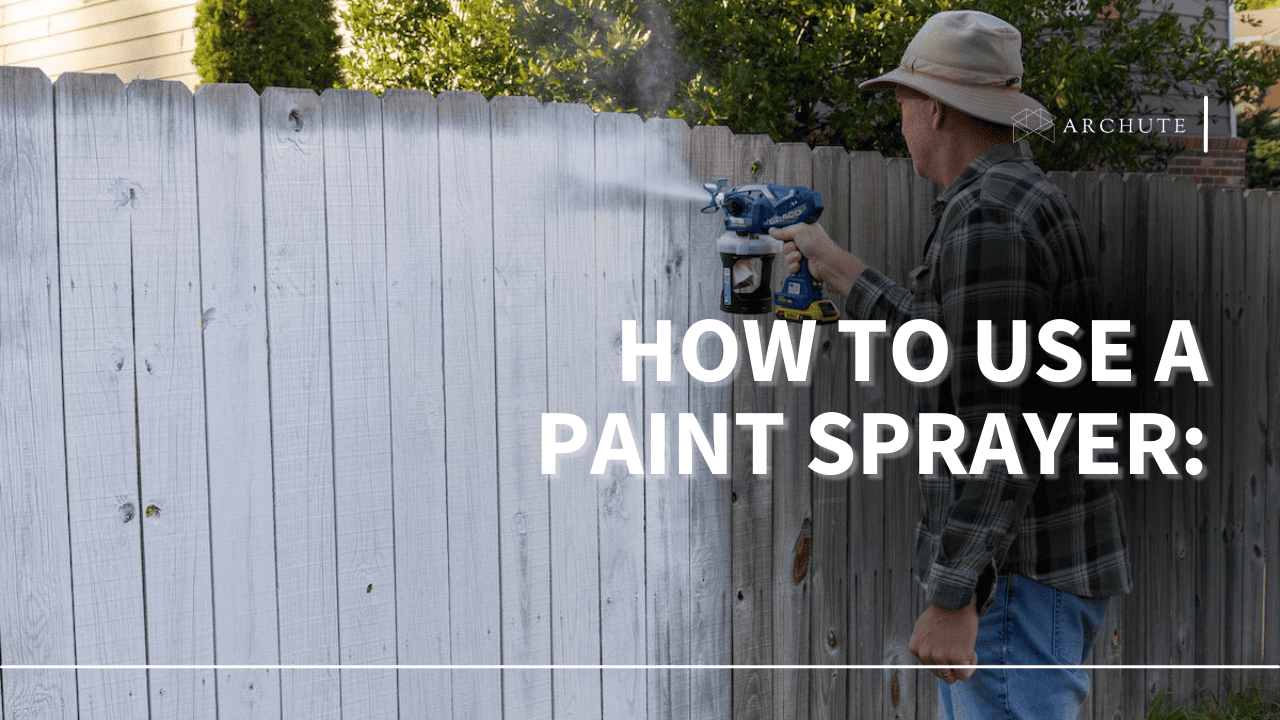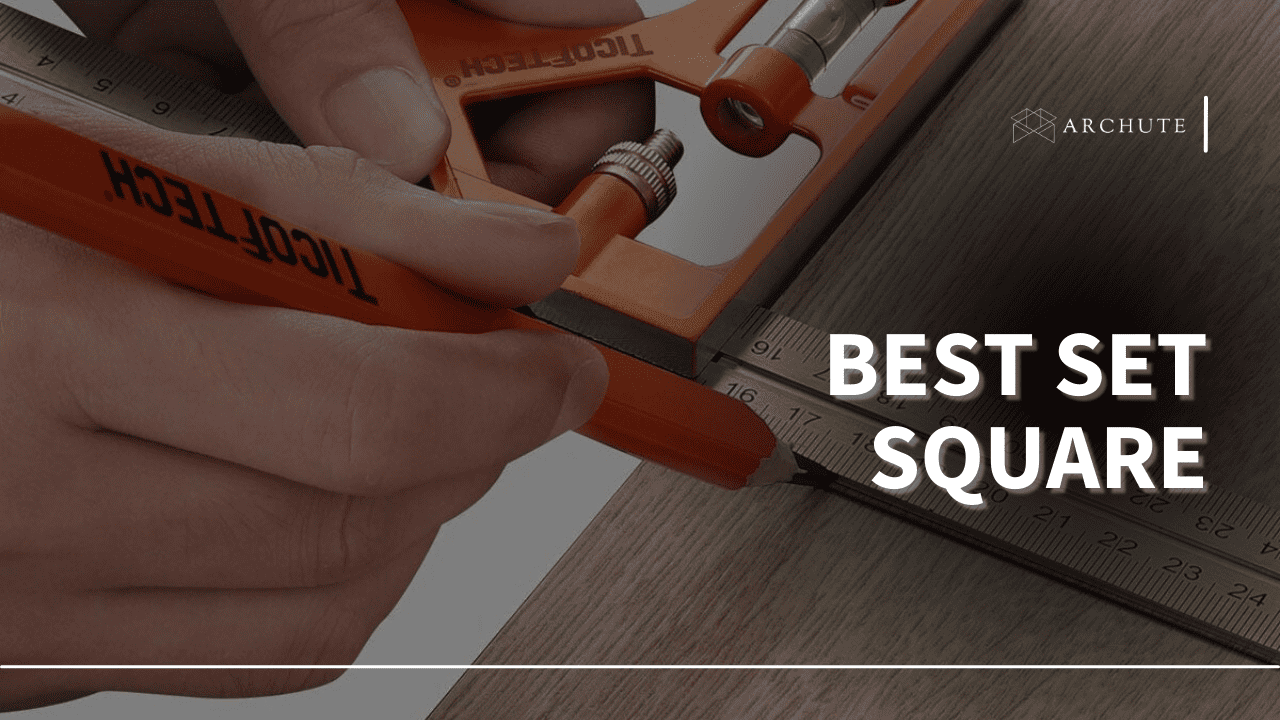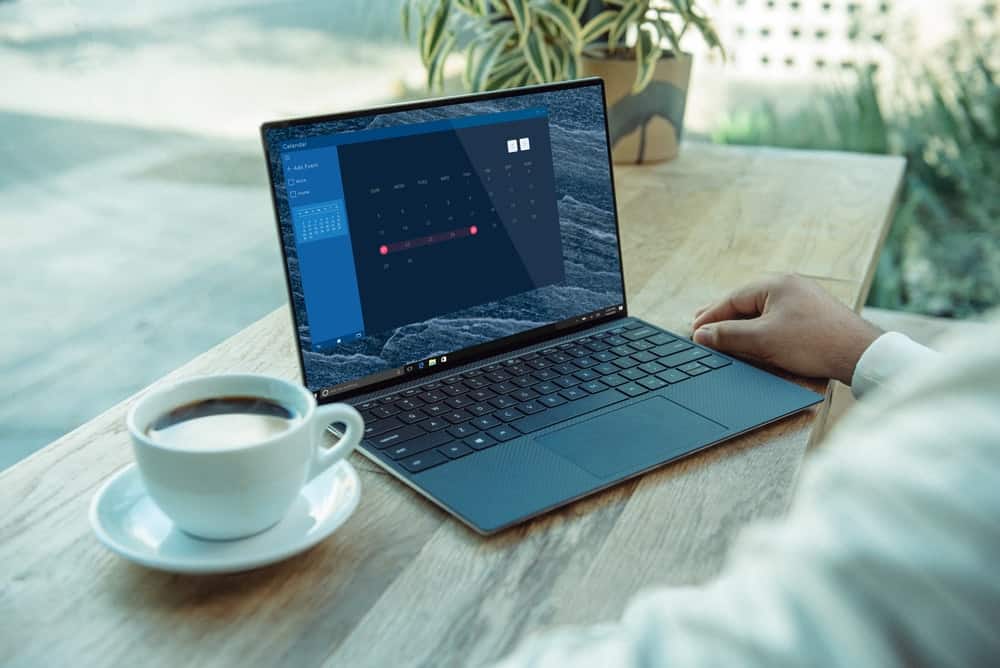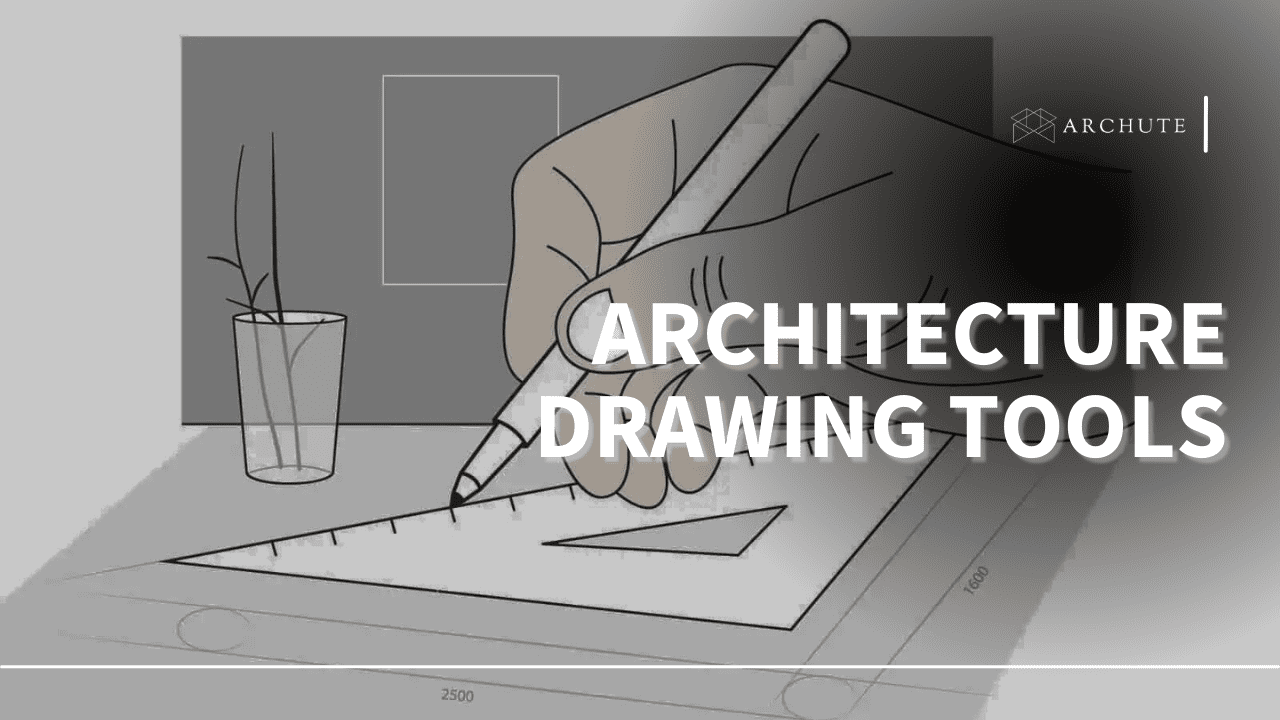In the realm of DIY and home renovation endeavors, attaining a perfect finish on surfaces can be crucial. This is where the paint sprayer comes in, an adaptable instrument that has significantly transformed our method of tackling painting chores. Its capability to dispense uniform layers of paint with unmatched accuracy makes a paint sprayer a revolutionary tool for both experts in painting and enthusiasts.
In this article, we will delve into the art of precision in painting and how to use a paint sprayer to play a pivotal role in achieving flawless finishes.
What Are the Advantages of Paint Sprayers?

Image Source: ido. lk
1. Saving Time and Effort
When it comes to painting, time is of the essence. Traditional paint brushes and rollers have their merits, but they often fall short regarding efficiency. This is where paint sprayers shine. A paint sprayer, on the other hand, covers more significant areas in a fraction of the time, reducing the overall painting process.
This advantage is especially apparent in larger projects like painting walls, ceilings, or outdoor surfaces. With a paint sprayer, you may finish your project in record time, allowing you to move on to other projects or enjoy your newly painted space sooner.
2. Even and Consistent Application
A consistent coat of paint without streaks or brush marks is a challenge with manual painting methods. A paint sprayer addresses this issue by delivering a fine mist of paint that evenly covers surfaces, resulting in a professional-looking finish that's hard to replicate using other tools.
The spray pattern produced by the paint sprayer ensures uniform coverage, eliminating the need for multiple coats and touch-ups. This even and consistent application gives your projects a polished and flawless appearance, making paint sprayers indispensable for achieving impeccable results.
3. Reaching Tight Spaces
Painting intricate or hard-to-reach areas can be a daunting task. Paint sprayers come with various nozzle options that allow you to adjust the spray pattern, making it easy to paint corners, edges, and detailed surfaces without compromising quality. Whether working on furniture with intricate designs or tackling trim work in your home, a paint sprayer enables you to achieve flawless results even in hard-to-reach areas.
4. Versatility of Finish
Different painting projects require different finishes, and a paint sprayer offers the versatility to achieve various textures and looks. Whether you're aiming for a smooth and sleek finish on furniture or a textured look for a more rustic appeal, paint sprayers have various settings to accommodate your desired outcome. With the ability to adjust paint flow, spray pattern, and other parameters, you can trust that your sprayer will deliver the perfect finish for each project.
5. Reduced Wastage
Paint sprayers are designed to optimize paint usage and minimize wastage. Unlike traditional methods, where excess paint often ends on brushes, rollers, or trays, a paint sprayer efficiently delivers paint to the target surface without oversaturation. This saves you money on paint and contributes to a more eco-friendly approach to painting.
Step by Step Guide on How to Use a Paint Sprayer

Image Source: wagner-group.com
Painting with a paint sprayer offers exceptional efficiency and a professional finish, but mastering the technique requires careful attention to detail. Follow these step-by-step instructions to ensure successful and flawless results:
Step 1: Surface Preparation
Before you begin spray painting, ensure the surface is properly prepared. Clean it rigorously to remove any dirt, dust, and grease. Sand any imperfections to create a smooth surface. A suitable primer promotes paint adhesion and enhances the final result. Proper surface preparation sets the stage for a flawless finish.
Step 2: Gather Materials and Protective Gear
Collect all the materials for your painting project, including the paint sprayer, paint, drop cloths, and masking tape. Don't forget to wear appropriate protective gear, such as safety goggles, a respirator mask, and gloves, to ensure your safety while painting.
Step 3: Practice Makes Perfect
Before tackling your main project, take some time to practice using the paint sprayer. Grab a scrap material and experiment with different spray patterns, paint flow settings, and spraying distances. This will help you become familiar with the tool and fine-tune your paint-spraying technique.
Step 4: Prepare the Paint Sprayer
Assemble the paint sprayer according to the manufacturer's directions. Fill the paint container with the desired paint and strain it if necessary to remove any debris that could clog the sprayer. If using a paint sprayer with an air compressor, ensure the compressor is set to the appropriate pressure level.
Step 5: Maintaining the Right Distance
Maintaining the proper distance between the sprayer and the surface is crucial. Holding the sprayer too close can result in uneven application and drips, while holding it too far may lead to overspray. Find the sweet spot for optimal results. Generally, a distance of 6 to 12 inches works well, but refer to the manufacturer's guidelines for your particular model.
Step 6: Overlapping Strokes
When applying paint with a sprayer, use overlapping strokes to ensure even coverage. Start each stroke before the previous one ends, keeping the motion steady and consistent. This technique prevents uneven application and creates a smooth, professional finish.
Step 7: Control Paint Flow
Adjust the paint flow settings on the sprayer to control the amount of paint being released. Begin with a low setting and progressively increase it until the necessary coverage is achieved. Avoid overloading the surface with excessive paint, leading to drips and runs.
Step 8: Maintain a Consistent Speed
Maintain a consistent speed while moving the sprayer across the surface. Moving too quickly can result in thin, patchy coverage, while moving too slowly can lead to excess paint buildup. Practice finding the right speed during your practice session.
Step 9: Clean the Sprayer Regularly and finish with Care
Clean the sprayer thoroughly between paint colors or when taking breaks to prevent clogs and ensure optimal performance. Follow the manufacturer's instructions for cleaning the spray gun, paint cup, and other components.
As you approach the end of each stroke, release the trigger to prevent excessive paint buildup. Also, avoid spraying too close to edges or corners to prevent overspray. Pay attention to detail and take your time for a flawless finish.
Paint Sprayer Types

Image Source: Wagner-group.com
1. HVLP (High-Volume Low-Pressure) Sprayers
HVLP paint sprayers are known for their controlled and precise application. They release a higher air volume with lower pressure, resulting in minimal overspray and better paint utilization. HVLP sprayers are particularly popular for projects that require detailed work, such as furniture refinishing, trim painting, and smaller surfaces. These sprayers are also a favorite among DIY enthusiasts due to their user-friendly nature and ability to achieve a professional finish without excessive overspray.
2. Airless Paint Sprayers
An airless sprayer is ideal for larger projects and covers a wide area quickly. These sprayers pump high-pressure paint, breaking it into tiny droplets for a refined finish. Airless paint sprayers are ideal for exterior painting, fences, decks, and extensive interior walls. While they provide efficient coverage, airless sprayers may produce more overspray than HVLP sprayers. Proper masking and preparation are crucial when using airless sprayers to prevent paint from drifting onto unintended surfaces.
3. Handheld vs. Stationary Sprayers
Handheld sprayers offer mobility and are great for smaller projects. They allow you to move around quickly and access tight spaces effortlessly. Stationary sprayers, often more powerful, are better suited for larger projects and provide consistent results.
They provide consistent results and are commonly used for professional applications like painting large walls or commercial spaces. Stationary sprayers often come with more advanced features and higher paint flow rates, making them efficient for covering expansive surfaces.
Choosing the Right Sprayer for Your Project

Image Source: homedepot-static.com
Selecting the appropriate paint sprayer for your project is crucial to achieving the desired results. Consider the following variables when selecting a sprayer for your unique painting needs:
1. Project Size and Scale
Evaluate the size and scale of your project. For smaller projects, such as furniture refinishing or touch-ups, a handheld HVLP paint sprayer may be ideal. On the other hand, more significant projects like painting walls, ceilings, or exteriors may require the efficiency of an airless paint sprayer. Choosing the right size of sprayer ensures that you can cover the surface effectively without excessive overspray or wasted paint.
2. Type of Surface
Different surfaces require different approaches. If you're painting a smooth surface, such as furniture or cabinets, an HVLP sprayer delivers a flawless finish. An airless paint sprayer's high-pressure application can provide even coverage and penetrate crevices effectively for textured surfaces or rough exteriors.
3. Desired Finish
Consider the finish you want to achieve. HVLP sprayers are known for producing a smooth and fine finish, making them suitable for projects that require precision and attention to detail. With their higher pressure, the best airless paint sprayers are better for quickly covering larger areas but may result in a slightly rougher texture.
4. Mobility and Convenience
Think about the mobility and convenience you need. Handheld sprayers offer flexibility and are easy to maneuver, making them suitable for projects that require reaching tight spaces or moving around frequently. On the other hand, stationary sprayers are more powerful and efficient for larger projects but are less mobile.
5. Skill Level and Experience
Consider your familiarity with paint sprayers. If you're new to using paint sprayers, an HVLP sprayer is user-friendly and a great starting point for beginners. Airless sprayers may require more practice and experience to control overspray effectively.
6. Budget
Paint sprayers come in a range of prices. Set a budget and explore options within that range to find a sprayer that meets your needs without breaking the bank.
Conclusion
In the world of painting, achieving flawless finishes is an art that requires the right tools and techniques. A paint sprayer emerges as a critical player in this pursuit of perfection. Its ability to save time, offer precision, and provide versatility in finish types makes it an indispensable tool for professionals and DIY enthusiasts. With practice, the right approach, and an understanding of the different paint sprayer types, you can elevate your painting projects to a level of precision and quality that was once reserved for the experts.
Frequently Asked Questions on How to Use a Paint Sprayer

Image Source: navite.com
1. Is a paint sprayer suitable for outdoor projects?
Absolutely! Paint sprayers are excellent for outdoor projects as they can quickly cover large surfaces and provide an even finish, making them perfect for painting fences, decks, siding, and outdoor furniture. Remember to protect surrounding areas from overspray and choose the appropriate paint for exterior surfaces.
2. Can I use a paint sprayer for staining wood?
Yes, paint sprayers can be used for staining wood. When using a paint sprayer for staining, it's necessary to choose the correct nozzle and adjust the sprayer's settings to ensure a consistent application. Staining with a sprayer can save time and provide a more even coat on wood surfaces, enhancing the finish.
3. Are there any safety precautions when using a paint sprayer?
Absolutely. Safety should be a top priority when using a paint sprayer. To ensure your well-being, follow these precautions:
- A paint sprayer (HVLP or airless, based on your project)
- Suitable paint for your project (water-based or oil-based)
- Protective gear (safety goggles, respirator mask, gloves)
- Painter's tape to mask off edges and surfaces
- Cleaning solution for the paint sprayer after use
- Practice material for honing your technique
Remember to read the manufacturer's directions carefully for your specific paint sprayer model, as each may have unique requirements and recommendations.
4. How do you use a spray paint gun for beginners?
Using a spray gun for beginners involves familiarizing yourself with the sprayer's components, adjusting settings, and practising your technique. Begin by assembling the sprayer according to the manufacturer's instructions and filling the paint cup with the desired paint.
Adjust the paint flow and spray pattern settings based on your project's requirements. Practice on scrap material to refine your spraying motion and achieve even coverage. Keep a consistent distance from the surface and use overlapping strokes for the best results.
5. Is using a paint sprayer easy?
While using a paint sprayer may seem intimidating initially, it becomes easier with practice. Modern paint sprayers are designed for user-friendliness, and many models come with user manuals and instructional videos.
Start with smaller painting projects to build confidence and gradually advance to larger ones as you become more comfortable with the tool. Proper techniques, such as maintaining the right distance and using overlapping strokes, will contribute to achieving professional-quality results.
6. Do you add water to paint for a paint sprayer?
Adding water to paint for a paint sprayer depends on the type of paint you're using. Water-based spray paints can be thinned with water to achieve the desired viscosity for the sprayer. However, oil-based paints typically require thinning with mineral spirits or a suitable paint thinner. Follow the manufacturer's recommendations for the specific paint you're using to achieve the correct consistency and prevent clogs or uneven application.













